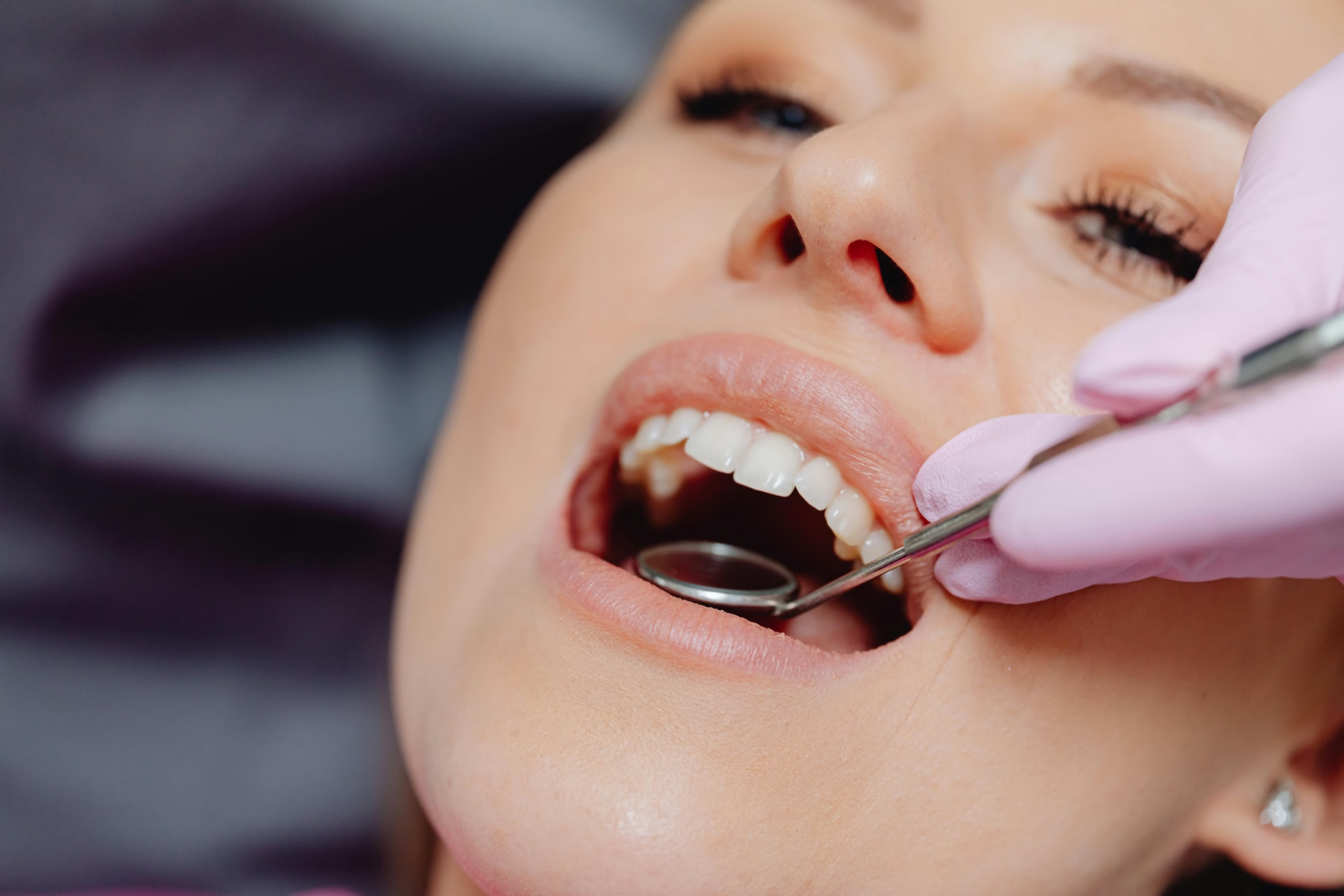Infant acid reflux, also called gastroesophageal reflux (GER), is the most common oesophageal disorder in all ages.
If you find, your baby is constantly spitting up after feeds, crying or arching their back, it could be not just regular fussiness but can signify more. Yeah, it could be infant acid reflux, but you are not alone. Approximately 50% of babies under 3 months experience it, and it is completely manageable with the right care and information.
This is a physiological phenomenon, and most of the children exhibit these symptoms. It becomes worrisome when the symptoms are persistent and cause symptoms that affect the normal growth and development of the baby, or they produce symptoms other than just the GI, like respiratory symptoms.
Check here to see if your child is growing at a normal rate.
It becomes more prominent in the initial months of life, where it reaches its peak at the age of 4 months, followed by resolution of 88% by the age of 12months and almost completely by the age of 24months.
What Is Infant Acid Reflux?
Infant acid reflux, also known as gastroesophageal reflux (GER). It occurs when stomach contents, like milk, acid, go backwards from the stomach to the feeding pipe, the oesophagus. This occurs because the ring of the muscle (lower oesophageal sphincter), which separates the food pipe from the stomach, is still developing.
While occasional spit-up is normal, frequent discomfort, feeding refusal, or poor weight gain may suggest gastroesophageal reflux disease (GERD) — a more serious form of reflux.
According to Mayo Clinic, reflux in babies is often temporary and improves as they grow.
What Causes Acid Reflux in Newborns?
Reflux in infants can happen for several reasons:
- Underdeveloped digestive system
- Overfeeding or feeding too quickly
- Lying flat too soon after feeding
- Swallowing air during feeding
- Premature birth
- Food sensitivities (like cow’s milk protein intolerance)
- Tight clothing or diapers pressing the belly
Acid reflux in newborns is usually harmless but needs attention if it causes distress.
How Do I Tell If My Baby Has Acid Reflux?
Watch for these common signs of infant acid reflux:
- Frequent spitting up or vomiting
- Crying or fussiness after feeding
- Arching the back during feeds
- Hiccups, coughing, or gagging
- Poor sleep (especially lying flat)
- Sour breath
- Refusing the bottle or breast
- Slow weight gain or feeding difficulties
Silent reflux (where the baby doesn’t spit up but still has acid discomfort) may be harder to detect, but can still cause trouble.
How Can I Help My Baby With Acid Reflux?
You can help your child with the acid reflux by first not getting worried and identifying the red flag signs. And seek doctor advice and consultation when required.
Here are 8 steps you can take at home to relieve the baby’s acid reflux
- Keep Baby Upright After Feeding
Don’t put the baby in a supine position after the feed, as it increases the chances of reflux. Instead, hold the infant upright for at least 30 minutes after feeding. This upright position helps gravity to keep the acid and milk within the stomach and prevents it from coming backwards into the food pipe.
- Burp Often and Feed Smaller Amounts
Babies with reflux tend to swallow air during feeding. This increases the pressure in the stomach. Try to burp your baby every few minutes during feeding. This can prevent gas buildup and reduce the chances of regurgitation.
In addition, instead of large feeds, offer smaller amounts more frequently. This helps keep the stomach from becoming too full, which is a known trigger for reflux symptoms.
- Avoid Bouncing or Belly Pressure
After a feed, it’s best to keep things calm. Avoid bouncing your baby or placing any pressure on their tummy. Even gentle play or tight clothing can push milk back up the oesophagus and cause discomfort.
- Use Slow-Flow Nipples
Check the nipple of the bottles; if the flow is slow and is coming in drops, it’s fine. On the contrary, if there is a fast, free flow of milk, replace the nipple immediately.
These help control the speed of feeding and reduce how much air your baby swallows, which can make a big difference in relieving reflux.
- Elevate the Crib Safely
Lying flat can make reflux worse, especially at night. You can slightly raise the head of your baby’s crib by placing a wedge or support under the mattress (never directly under your baby). This allows gravity to do its job while keeping your baby safe and comfortable.
Avoid putting your baby in semi-seated positions like car seats or baby swings after feeding — these actually put more pressure on the stomach.
- Watch for Food Triggers (Breastfed Babies)
If you’re breastfeeding, certain foods in your diet could be making reflux worse. Try cutting out common triggers like dairy, caffeine, and spicy foods to see if your baby improves. Every baby is different, so it may take some trial and error.
- Try Thickened Feeds (Formula-Fed Babies)
For formula-fed babies, some paediatricians may recommend thickening the formula. A common method is to add 1 tablespoon of rice or oat cereal per ounce of formula. This can help the milk stay in the stomach longer and reduce spit-up.
Even if it doesn’t eliminate reflux, thickened feeds may improve weight gain by increasing caloric intake.
- Ask Your Paediatrician About Medications
In some cases, especially with severe symptoms, your doctor may suggest a short course of antacid medication or Proton Pump Inhibitors. These are meant to temporarily neutralise stomach acid and provide relief. However, antacids are not recommended for long-term use in infants, as they can cause side effects like nutrient absorption issues or constipation.
Always speak with your paediatrician before starting any medication or supplement.
Natural Remedies for Infant Acid Reflux
Many parents prefer natural remedies before trying medications. Here are safe options that may help:
- Baby massage: Gentle clockwise rubs on the belly reduce gas
- Reflux-friendly feeding: Upright, paced bottle feeding
- Probiotics (with doctor’s approval): Help support digestion
- Wear the baby upright in a carrier after meals
Best Formulas for Reflux Relief
Certain formulas are designed to stay down better in the stomach. These anti-reflux formulas include:
- Enfamil A.R. for reflux
- Aptamil Anti-Reflux
- Alfamino Reflux (for allergy-prone infants)
- Aptamil Pepti 1 for reflux
- Formulas with Carobel or Gaviscon Infant as thickeners
These are especially helpful for formula-fed babies with frequent spit-up or poor weight gain.
It’s essential to consult your paediatrician to determine the best formula for your child. Remember, breastfeeding is highly encouraged and offers valuable benefits for your baby’s health and development.
Does Acid Reflux Cause Mucus in Babies?
Yes. Reflux can cause excess mucus production, leading to:
- Congestion or nasal stuffiness
- Mucus in spit-up
- Wet-sounding coughs
- Difficulty breathing while lying down
This happens because acid irritates the throat and upper airway. Treating the reflux usually helps reduce the mucus, too.
See MedlinePlus for more symptoms
When Does a Baby Grow Out of Acid Reflux?
Most babies outgrow acid reflux naturally as their digestive system matures: Sitting upright, eating solids, and having stronger muscles help prevent reflux. Infant reflux Peaks at 4 months of age. It improves by 88 % 12 months in many babies and usually goes away by 24 months. If reflux continues beyond 18 months or worsens, your doctor may investigate GERD or allergies.
When to See a Doctor for Infant Reflux
See your paediatrician if:
- The baby is not gaining weight
- You notice blood in vomit or stool
- Reflux symptoms are getting worse after 4 months
- You’ve tried natural remedies, and Gaviscon Infant isn’t working
- Baby has severe or silent reflux (no spit-up, but choking/gagging)
- The infant has developed extra gastrointestinal symptoms like chronic cough and asthma.
Doctors may recommend medications, allergy testing, or feeding changes if symptoms are severe.
What steps will the doctor take next?
When assessing your infant for gastroesophageal reflux (GER), the doctor will begin by taking a comprehensive medical history and conducting a thorough examination. To identify the underlying cause of the GER, the doctor may recommend various diagnostic tests. Depending on the results of these tests, along with the information gathered from the history and examination, treatment options may be considered. If the condition is manageable, conservative treatment with medications may be prescribed. However, if the situation is more severe, the doctor might discuss the possibility of surgical intervention.
Final Thoughts
Infant acid reflux is common, frustrating, and manageable. With patience, support, and the right remedies like Gaviscon Infant, most babies start to improve by 6 months and grow out of reflux completely within their first year.
If you’re feeling overwhelmed, know that you’re not alone. Simple changes in feeding position, switching to reflux-friendly formulas, or trying natural remedies can make all the difference in your baby’s comfort and your peace of mind.
Want more helpful health tips ?
Visit HealthDocZee.com for clear, trusted advice written by real doctors.
Disclaimer:
This article is for general information only. It is not medical advice. Always talk to your Paediatrician if you have any health concerns.





Leave a Reply